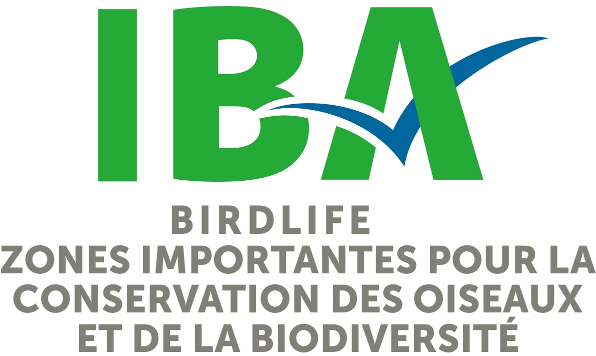Cabot Head (ON099)
Upper Bruce Peninsula, Ontario
Description du site
Cabot Head is located on the northeast side of the Upper Bruce Peninsula in south-central Ontario. It extends into Georgian Bay, with the area of significance including both the terrestrial habitats on the cape and the offshore waters. The terrestrial habitats are quite diverse and consist of forested limestone plain, cliffs and bluffs of the Niagara Escarpment, shoreline flats including several small lakes, and a shallow water inlet (Wingfield Basin). The vegetation at the Cabot Head has site has been studied extensively: 158 vegetation community types are present, containing at least 514 vascular plant species (including 10 nationally and provincially rare species some of global significance). Other nationally and provincially threatened species at this site include Eastern Massasauga.
Oiseaux
Cabot Head functions as a significant concentration site for both landbirds and waterbirds. Of particular interest are the large numbers of Red-necked Grebes that are regularly recorded in the adjacent waters of Georgian Bay during mid to late April. Estimates have ranged as high as 800 birds, with numbers during most years ranging from 200 to 300. Although the size of North American Red-necked Grebe population is poorly known, the eastern wintering population is thought to be not much larger than 20,000 birds. This suggests that the concentrations off Cabot Head are of continental significance. During the spring, Cabot Head appears to be the most significant concentration point for Red-necked Grebes on the Great Lakes. Given that the counts are all one-day events, the actual number of grebes using this site is likely much higher since turnover rates during migration are unknown. Other species of waterbirds that have been recorded in large numbers include Common Loon (greater than 1,000) and Oldsquaw (greater than 3,500).
Cabot Head has long been recognized as a significant concentration point for migrating songbirds. In 1998, an intensive landbird monitoring program was administered: it yielded estimates of greater than 1,000 Broad-winged Hawks (spring migration), greater than 8,000 Blue Jays (spring migration), greater than 5,000 American Robins (fall migration), and greater than 2,000 Yellow-rumped Warblers (spring and fall migration). The observation of more than 40 Red-headed Woodpeckers during fall migration is also of interest. Red-headed Woodpeckers have been designated as a nationally vulnerable species.
A total of 126 breeding bird species has been recorded at the Cabot Head site. This includes a possible breeding record for the globally vulnerable and nationally endangered Kirtlands Warbler; a singing male was recorded in suitable nesting habitat in 1990, but no other nesting evidence was recorded, and no singing males have been recorded at this site since. Golden Eagles (provincially endangered) may also be summering/nesting in the area.
Enjeux de conservation
Over two-thirds of the site (terrestrial portion) is identified as either a public nature reserve or a National Park. There has been a great deal of conservation interest in the area and as such it also been identified as a provincially significant Area of Natural and Scientific Interest, and as a core natural area in the Niagara Escarpment Plan. The site does receive a large number of visitors during the spring, summer, and fall, and there is concern about overuse. Limited disturbance as a result of recreational activities such as hiking, boating, and fishing may occur, especially at focal points such as the Wingfield Basin. The offshore areas have no official protected area status; commercial fishing (and associated by-catch) may also be a concern.
Catégories ZICO Habitats Usages Menaces Potencielles ou Existantes Status de Protection

